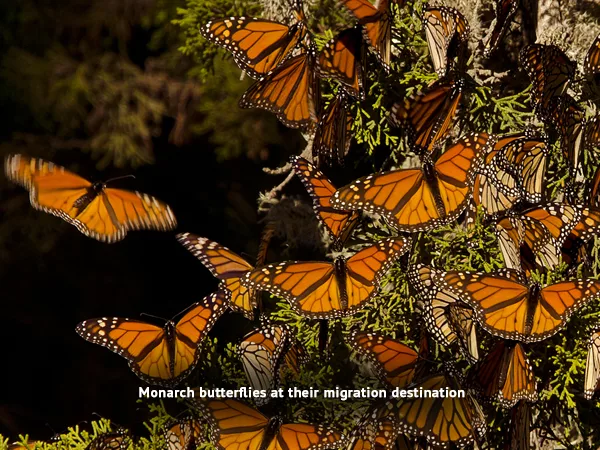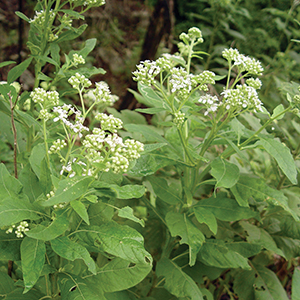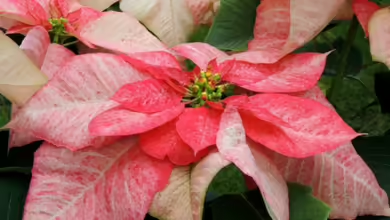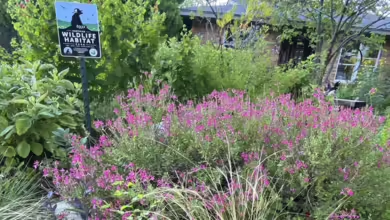Monarch Butterfly Migration Through Texas

While the Dallas–Fort Worth Metroplex sweltered through the July and August heat, the super generation of monarch butterflies was beginning its life cycle on both sides of the US-Canadian border. These butterflies — between three and four inches wide — migrate to the mountains west of Mexico City to spend the winter before heading north and starting the next generation before dying.
The migrators are usually four generations removed from their ancestors, who flew south the year before. In the best years for monarchs, there will be a fifth generation. But not this year: The Texas late winter freezes slowed down the new growth of the milkweed plants essential for monarch reproduction.
The Monarch Butterfly Life Cycle
There are four stages in the butterfly life cycle: Egg, caterpillar, chrysalis, and adult butterfly. The cycle takes about six weeks but can go faster in warmer weather. Adult monarchs emerging in spring and summer live between two and six weeks, with the primary goal of flying north and reproducing. When the days get shorter and the temperature drops to the 50s overnight, caterpillars undergo a biological change that reprograms them to migrate south, eat and store food, and delay sexual maturity until spring. These butterflies live seven or eight months. The successful ones store enough food to carry them through the winter in Mexico in an energy-saving condition called torpor.
The Migration
In March, the monarch butterflies head north, sexually mature, and mate. The females lay eggs on the sprouting milkweed plants, mostly in northern Mexico and Texas.
The monarchs east of the Rocky Mountains start flying south in early September. They average about 25 miles a day, arriving at their destination late October or early November. They may form flocks but do not benefit from group flight like many birds. They’ll hang out, waiting for favorable winds to help propel them over the Great Lakes. They don’t like to fly in cold or wet weather. They usually come through the Dallas–Fort Worth area in mid- to late-October, t o the delight of all who are lucky enough to see them.
The wings of butterflies remain the same size from their emergence from the chrysalis until they die. Still, monarchs’ bodies need to increase sevenfold during their long trip to store enough energy to survive November through March. The species depends on plants that provide nectar, a sugary liquid that is their only food.
Until the mid-1990s, there was an abundance of flowers growing wild in open spaces. But much of our land has been converted to agriculture or developed into population centers. We now need to provide these flowers in our yards and parks to help the butterflies feed.
What Can We Do in Texas to Help the Monarch Butterfly?
Two plants native to Texas are most useful for monarchs on their way to Mexico: Gregg’s mistflower and frostweed. Both plants are perennials that grow well in the area and should be available for purchase at nurseries. Both go dormant with the first freeze but come back in the spring.

Frostweed (Verbesina virginica) is a woodland plant that grows best in the shade and part sun. It can grow up to eight feet tall in a single season, so it’s best to cut it back by a third in June to see the clusters of white flowers blooming in the fall. It will be covered in butterflies and bees drinking nectar to survive the winter. The plant gets its name because the white sap breaks out from the stems and freezes into ribbons during cold weather.
Gregg’s mistflower (Conoclinium greggii) needs at least two hours of sun. It has clusters of blue and lavender flowers and grows about three feet tall. It is drought-tolerant once established but needs supplemental water in very dry summers like this year. It starts blooming in the spring but is incredibly prolific in the fall. It spreads, so you don’t have to plant many to have a nice patch. It attracts bees and male monarch and queen (biological cousin) butterflies, and contains a medicinal chemical males pass to females during mating. Think of it as Viagra for butterflies.
Follow the monarchs’ migration through Texas and report your sightings on www.journeynorth.org.
This organization of citizen-scientists tracks the migration of several animals, including the ruby-throated hummingbirds that also come through the area. The site has a lot of good information about monarchs, including school lesson plans.
Another good source for butterfly lovers is www.Monarchwatch.org.





